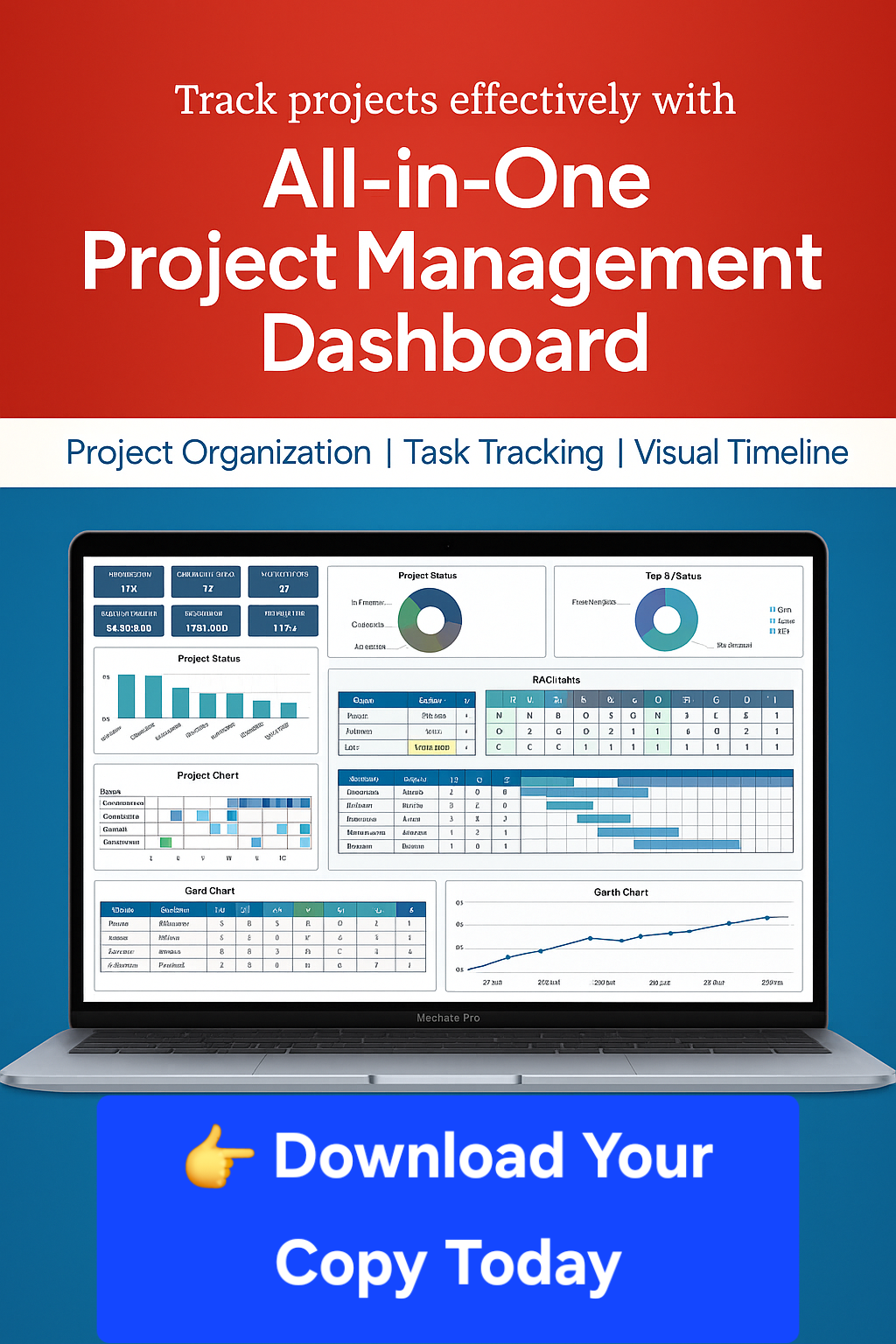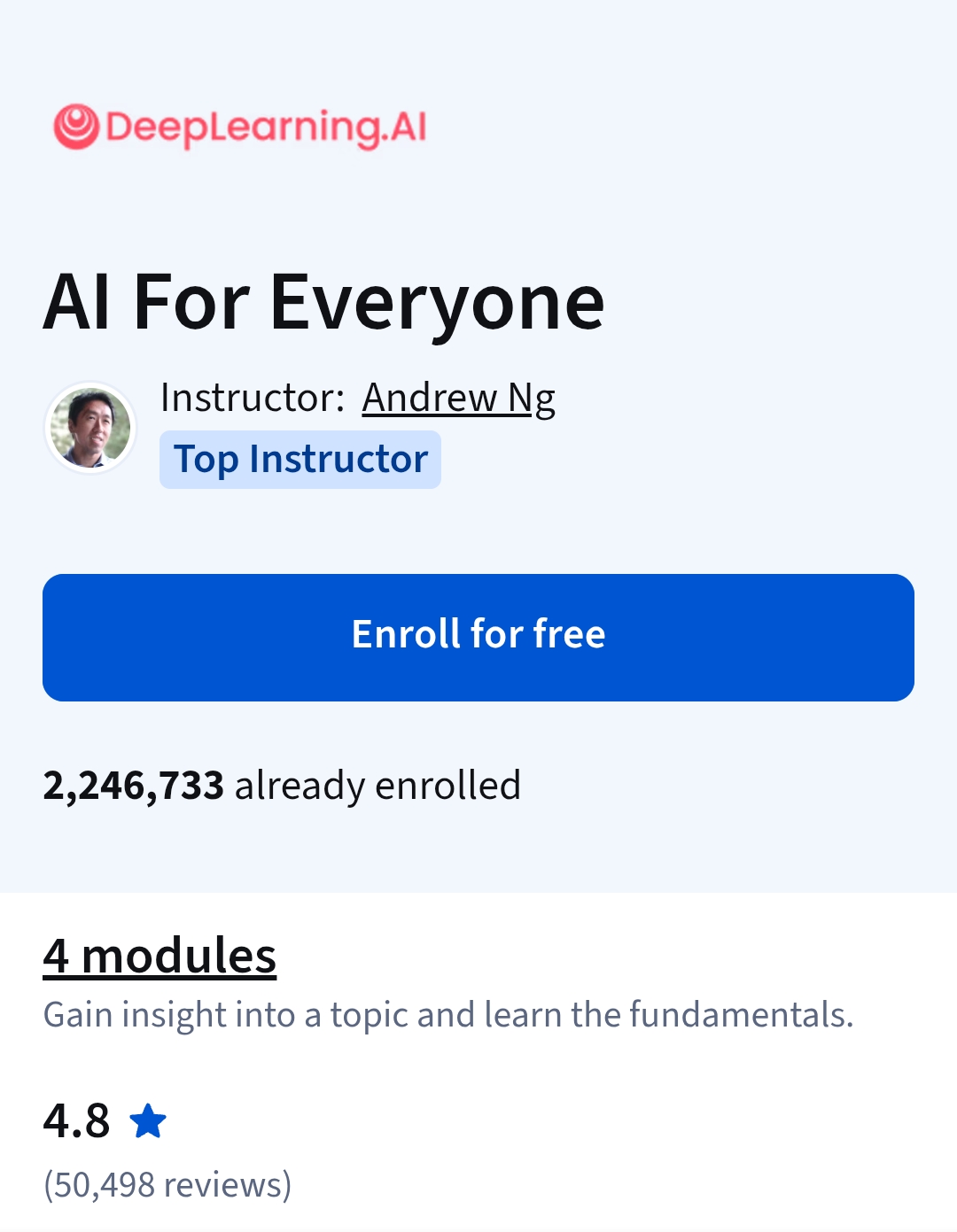Description
Semantic search is revolutionizing the way we interact with information, moving beyond traditional keyword matching to understand the intent and context behind queries. Google Cloud offers robust tools to implement semantic search, enhancing the relevance and accuracy of search results. (Building a Semantic Search with Vertex AI | by Fermin Blanco | Google …)
Understanding Semantic Search
Traditional search engines rely on exact keyword matches, often missing the nuances of human language. Semantic search, however, aims to comprehend the deeper meaning behind a user’s query. For instance, searching for “best laptops for graphic design students” doesn’t just look for pages with those exact words but understands the need for laptops with high-resolution displays, powerful GPUs, and ample RAM. (What is semantic search, and how does it work? – Google Cloud)
This approach leverages natural language processing (NLP) and machine learning to interpret queries more like a human would, considering synonyms, context, and user intent. (What is semantic search, and how does it work? – Google Cloud)
How Semantic Search Works
Semantic search engines utilize several techniques to deliver relevant results: (What is semantic search, and how does it work? – Google Cloud)
- Query Analysis: Breaking down the user’s query to identify key terms and their relationships. (Search for and filter APIs | Apigee – Google Cloud)
- Knowledge Graph Integration: Utilizing databases that map relationships between entities to provide context. (About hybrid search | Vertex AI | Google Cloud)
- Content Analysis: Examining web content to assess its relevance beyond mere keyword presence. (What is semantic search, and how does it work? – Google Cloud)
- Result Ranking: Ordering search results based on semantic similarity to the query.
These processes enable the search engine to understand not just what the user typed, but what they meant.
Google Cloud’s Semantic Search Tools
Google Cloud provides several tools to implement semantic search:
- Vertex AI Search: Offers a platform to build search applications that understand natural language, integrating seamlessly with other Google Cloud services. (Using Vertex AI to build next-gen search applications – Google Cloud)
- BigQuery: Allows for the creation of vector indexes and the use of machine learning models to perform semantic searches on large datasets. (Perform semantic search and retrieval-augmented generation)
- AppSheet: Enables the development of custom applications with built-in semantic search capabilities without requiring extensive coding knowledge.
These tools empower businesses to create more intuitive and effective search experiences for their users.
Benefits of Semantic Search
Implementing semantic search offers numerous advantages:
- Enhanced Relevance: By understanding user intent, search results are more aligned with what users are actually seeking.
- Improved User Experience: Users find information more efficiently, leading to increased satisfaction and engagement. (What is semantic search, and how does it work? – Google Cloud)
- Adaptability: Semantic search can handle complex and ambiguous queries, making it suitable for a wide range of applications.
Incorporating semantic search into your systems can lead to more meaningful interactions and better outcomes for users.
Conclusion
Semantic search represents a significant advancement in information retrieval, focusing on understanding the user’s true intent. With tools like Vertex AI Search, BigQuery, and AppSheet, Google Cloud provides the resources needed to implement effective semantic search solutions. By embracing these technologies, businesses can offer more relevant, efficient, and satisfying search experiences to their users. (Using Vertex AI to build next-gen search applications – Google Cloud, What is semantic search, and how does it work? – Google Cloud)
For more information on semantic search and how to implement it using Google Cloud, visit Google Cloud’s Semantic Search Overview.







